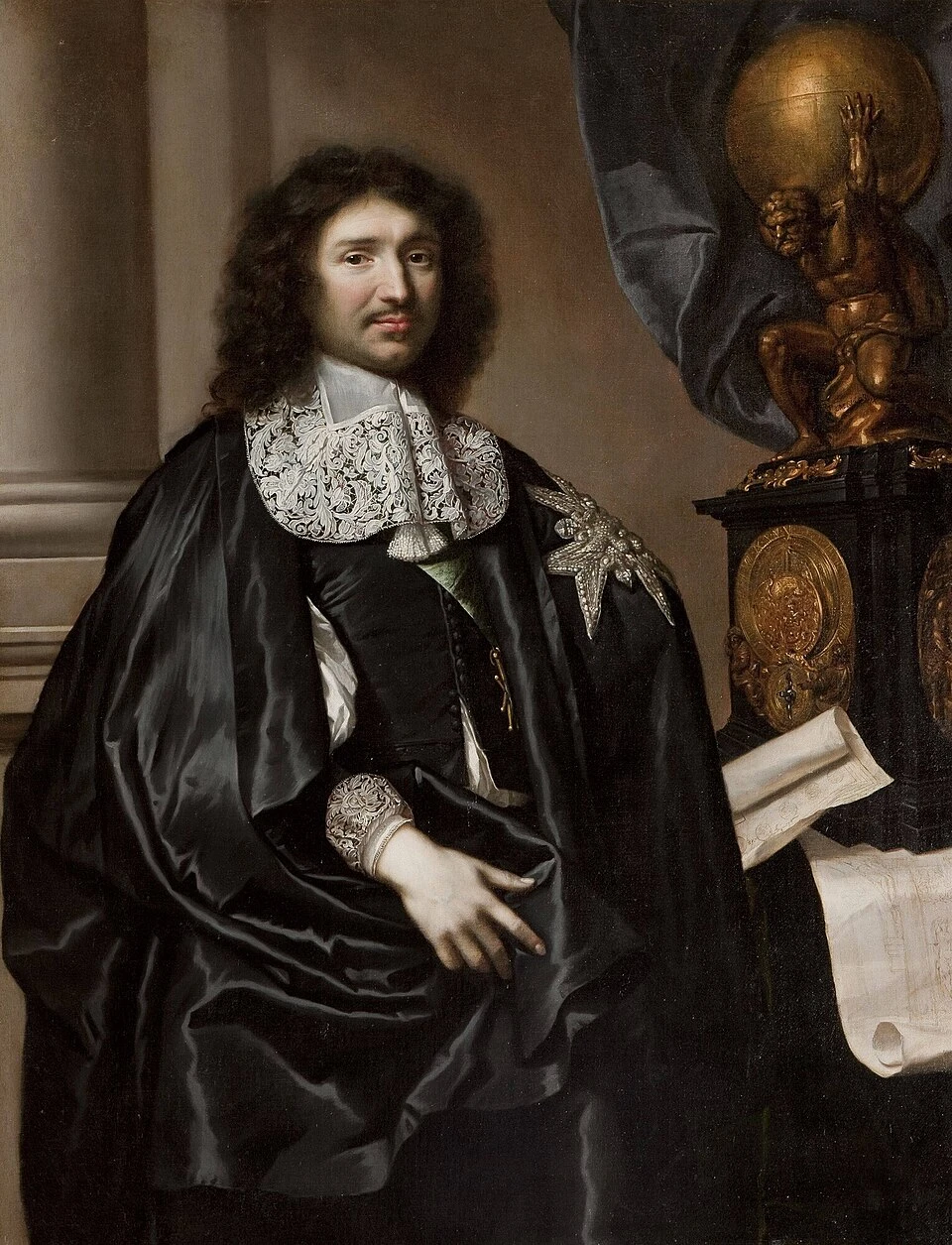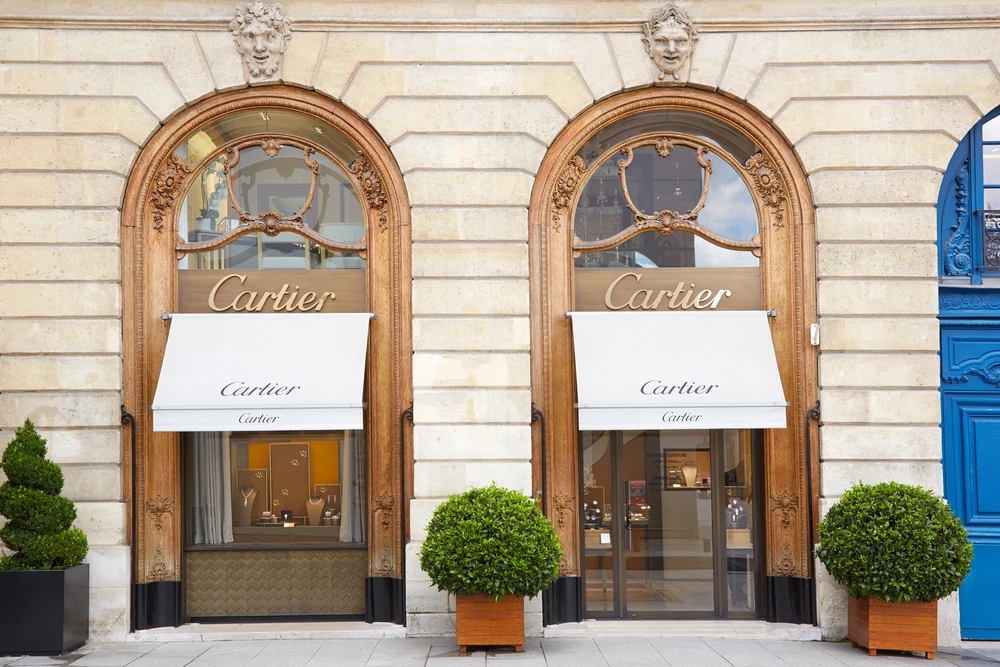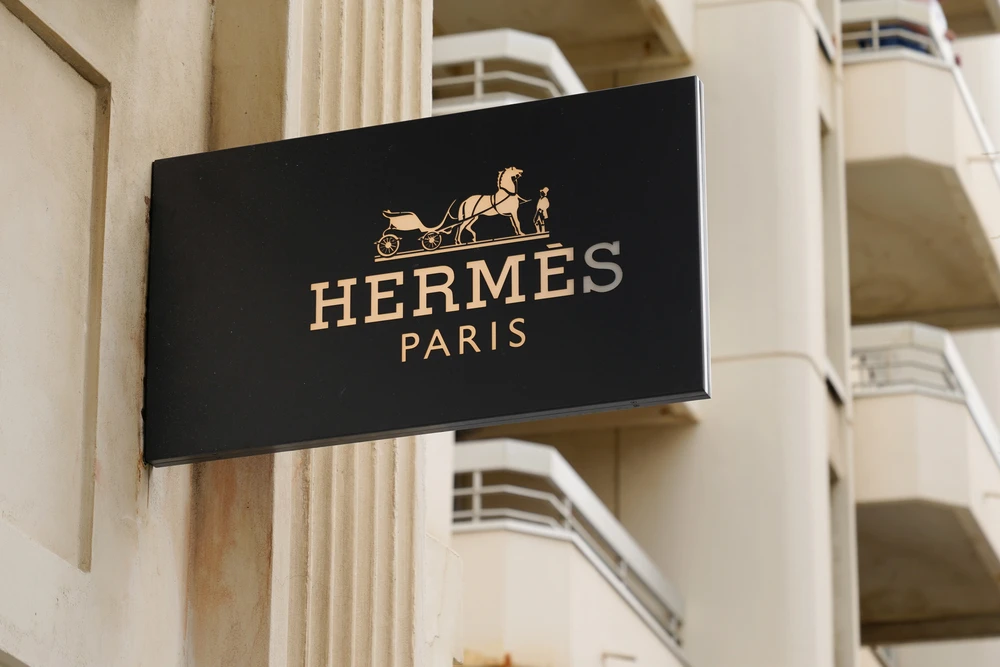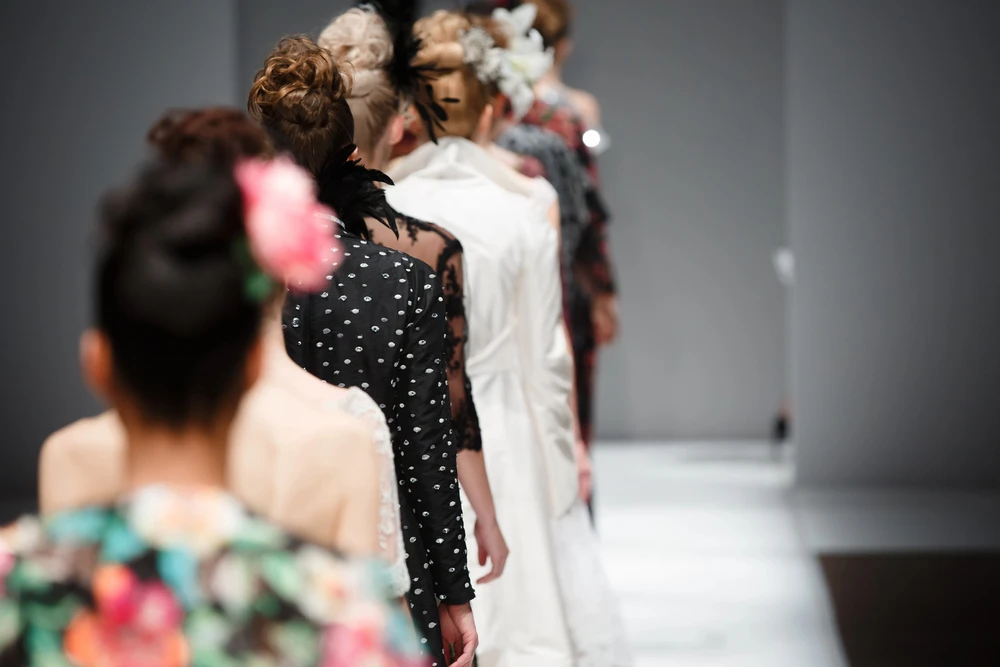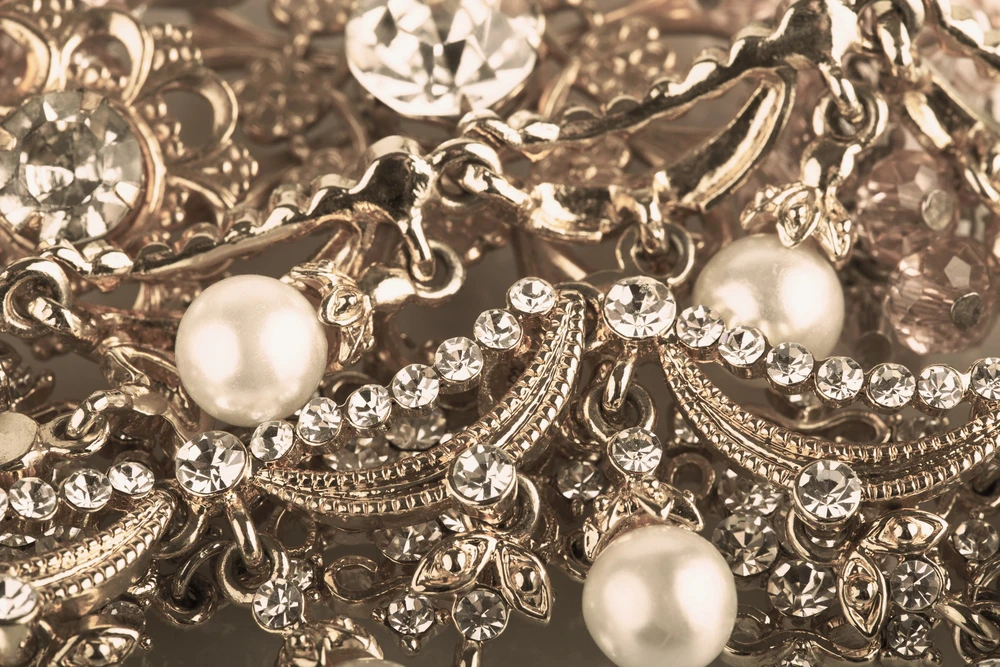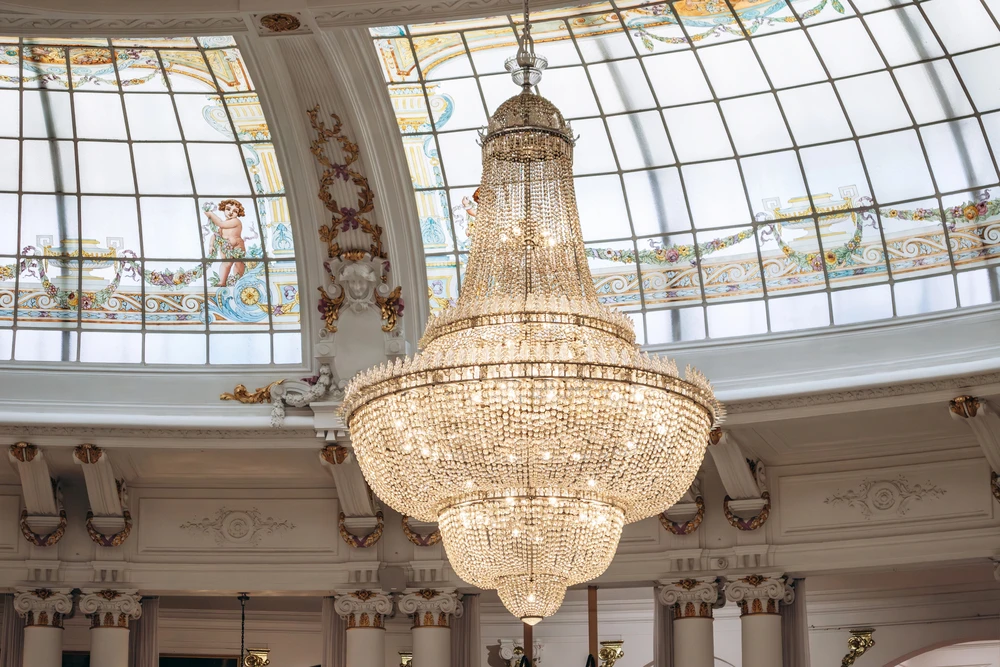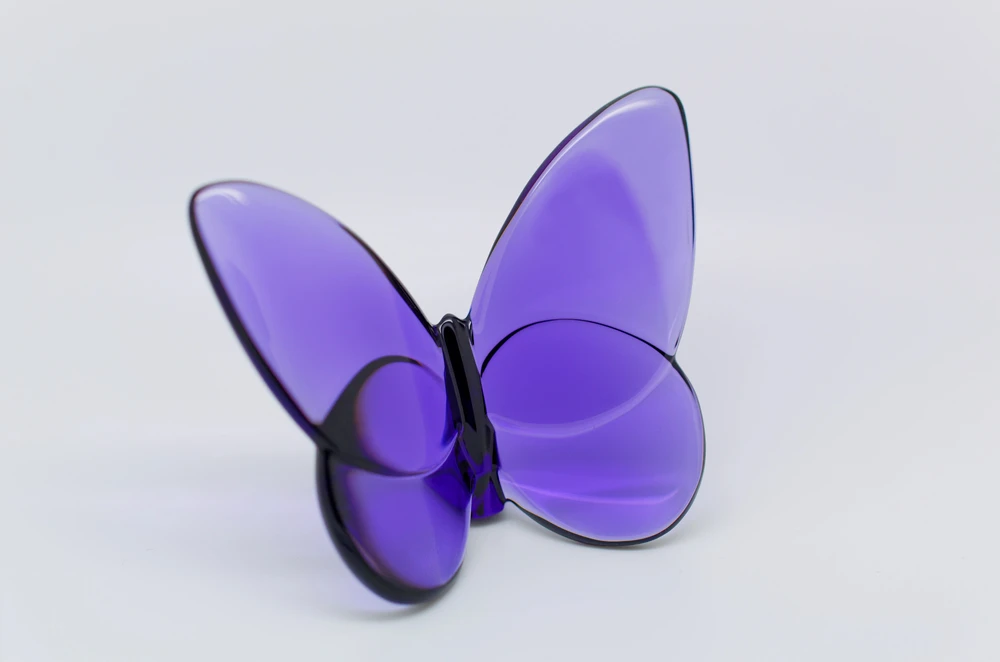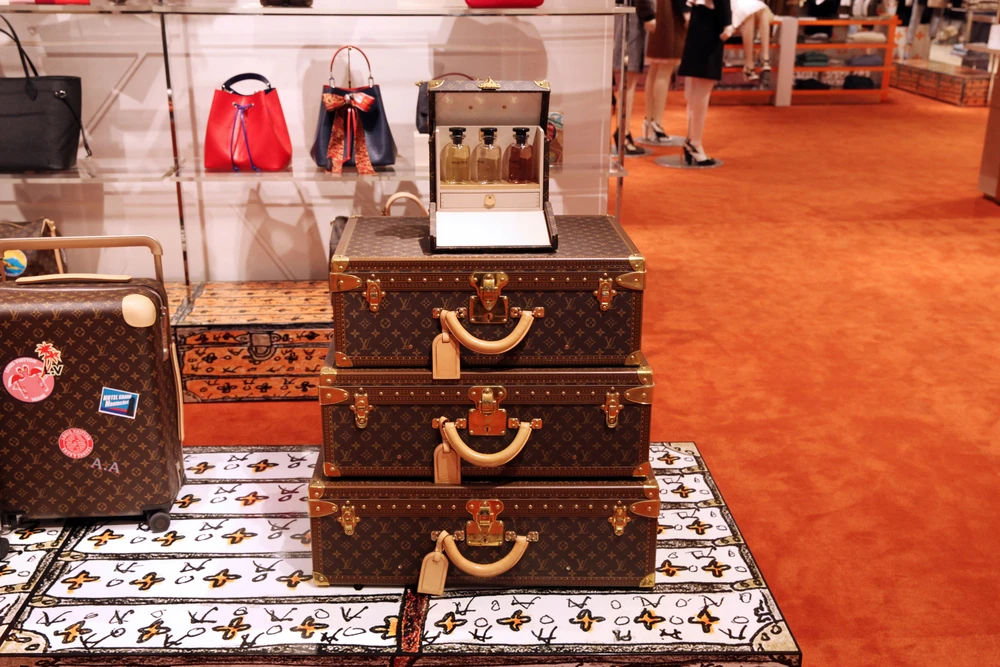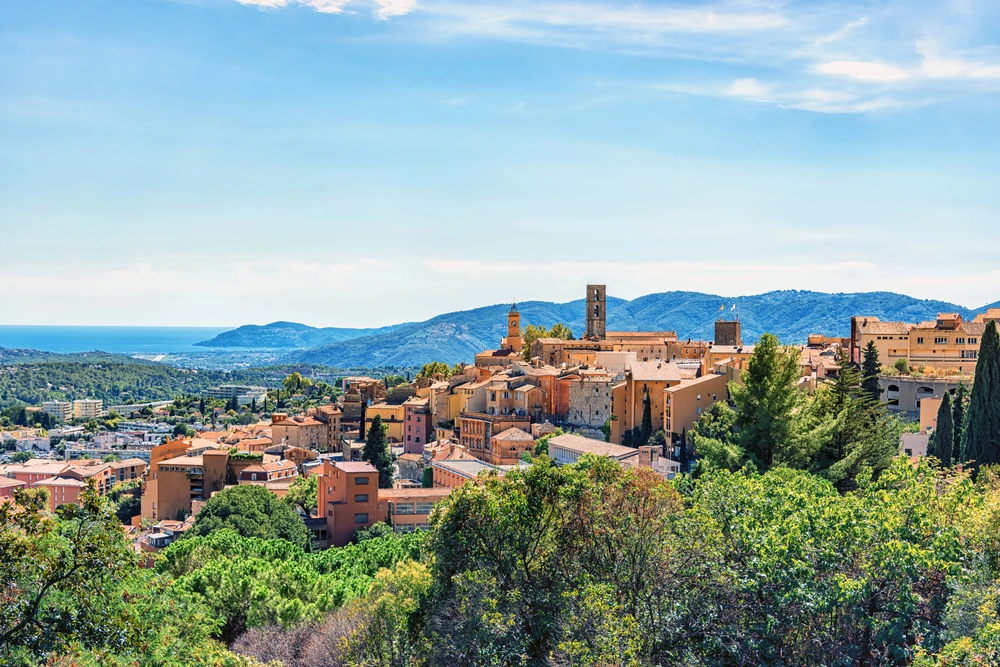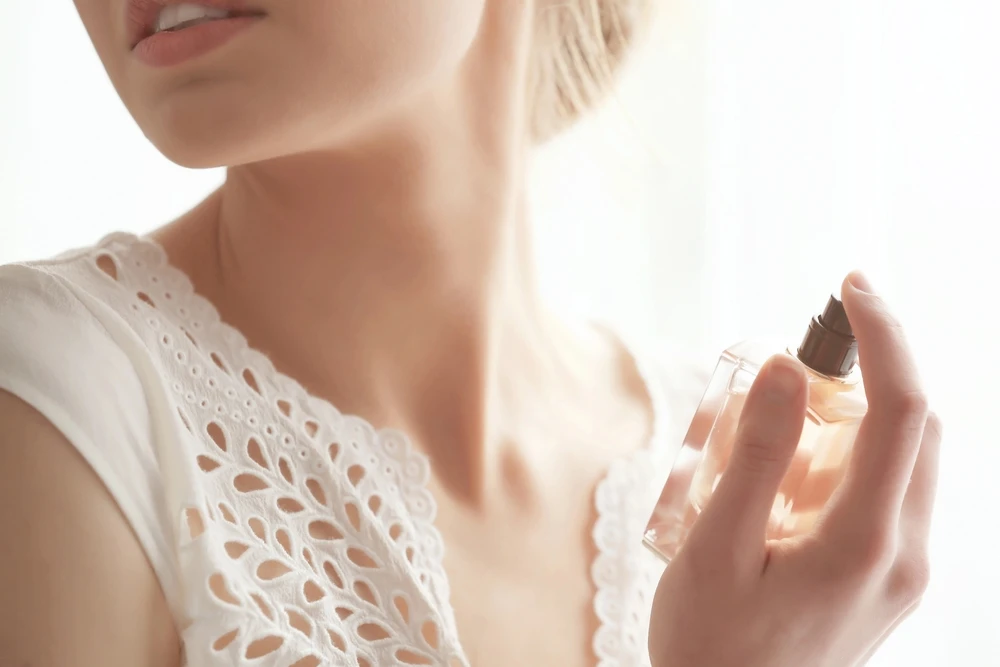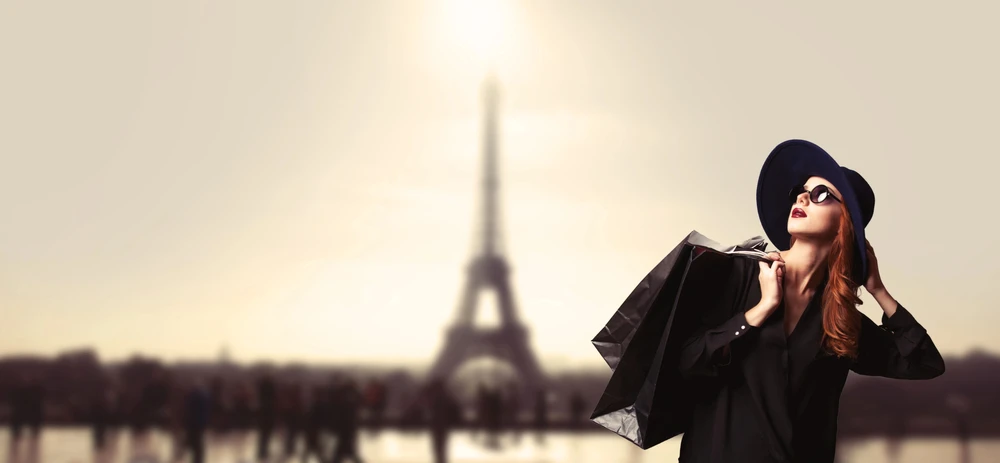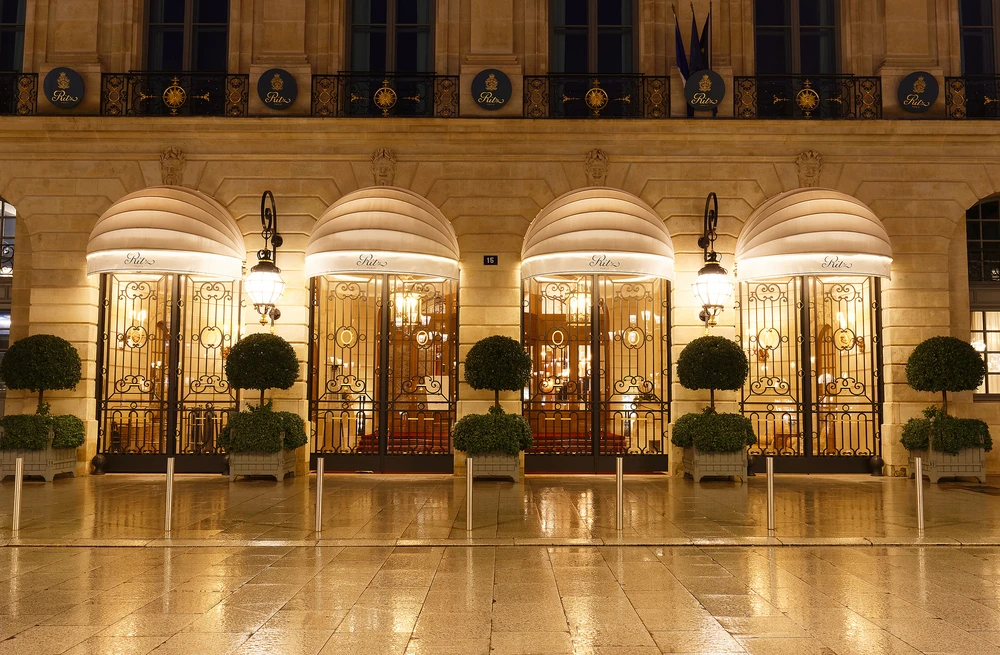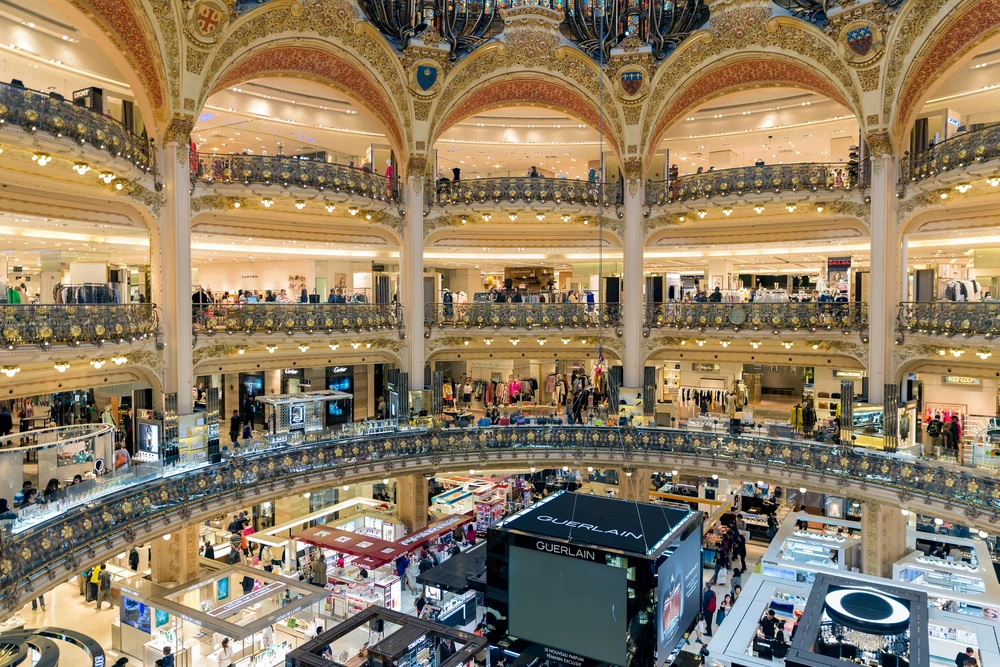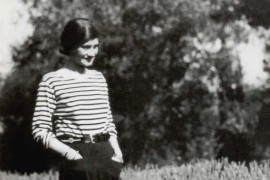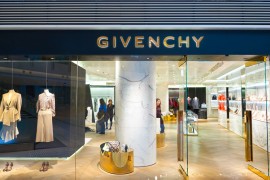1. Luxury, a French history
Royal and aristocratic heritage
It was during the reign of Louis XIV that French luxury was born/ Tableau choisi par Monsieur de France : Par Hyacinthe Rigaud - wartburg.edu[dead link], Domaine public, https://commons.wikimedia.org/w/index.php?curid=482613
The history of French luxury is rooted in the monarchy. Under Louis XIV, the court of Versailles imposed a lavish taste that influenced the whole of Europe. The king founds the manufactures royales: the Gobelins for tapestries, the Savonnerie for carpets, or the Saint-Gobain glassworks. Itwas at this time that the idea was born that France produced not only for itself, but also to export its art of living.
Colbert, Louis XIV's minister, was behind many of the factories that still operate today / painting chosen by Monsieur de France : By Claude Lefèbvre - https://www.histoire-image.org/fr/etudes/colbert, Domaine public, https://commons.wikimedia.org/w/index.php?curid=716334
Sovereigns and the aristocracy encouraged jewelry, goldsmiths and crystal makers. Precious stones, mounted by renowned goldsmiths, became the symbol of French refinement. This model continues to this day, where the Place Vendôme in Paris remains the world's showcase for haute joaillerie.
The XIXᵉ century: the industrial age of luxury
The historic Cartier headquarters on Place Vendôme / Photo chosen by monsieurdefrance.com: depositphotos
The XIXᵉ century marks the rise of the great houses that still define French luxury. In 1837, Thierry Hermès founded a house specializing in luxury saddlery, soon transformed into a global leather goods icon. In 1847, Louis-François Cartier takes over a jewelry workshop in Paris: his house will become the absolute benchmark for exceptional jewelry.
Hermès is one of France's oldest luxury brands.Photo depositphotos
At Baccarat, Saint-Louis or Daum, Lorraine's crystal makers produce unique pieces that adorn royal and presidential tables. In perfumery, the Guerlain house, founded in 1828, invented revolutionary scents, which seduced Napoleon III and Empress Eugénie. These houses, which still exist today, symbolize the continuity of French luxury through the centuries.
2. Haute couture and luxury fashion
Paris is still the stronghold of Fashion / Photo chosen by Monsieurdefrance: depositphoto
Haute couture, protected by French law since 1945, is one of the pillars of luxury. Chanel, Dior, Givenchy, Balmain, Balenciaga, Saint Laurent: these houses have become mythical and embody artisanal excellence. The Paris Fashion Week, dedicated to haute couture, attracts journalists, buyers and celebrities from all over the world every year. It's a unique gathering, as only Paris has the right to organize shows officially bearing the title of "haute couture". French couture is not just an art: it's an industry that generates billions of euros and contributes directly to France's international reputation.
3. Jewelry and watchmaking: the sparkle of Place Vendôme
What makes Place Vendôme so beautiful is the harmony of its facades. Photo chosen by monsieurdefrance.com: AndreaA. via depositphotos
The Place Vendôme is arguably the most prestigious address in Paris. It's home to legendary houses such as Cartier, Van Cleef & Arpels, Chaumet, Boucheron, joined by international houses that have come to take advantage of Parisian prestige. French jewelry embodies artisanal perfection: stone-cutting, intricate settings, creative designs. Each piece is a unique masterpiece, often handcrafted in specialized workshops. Luxury watchmaking, although dominated by Switzerland, is also represented by houses based in France, such as Cartier or Breguet, which have left their mark on history with their creations.
many jewels luxury and beauty place vendôme in Paris / Via depositphotos
4. Crystal and tableware: unique expertise
The famous Baccarat crystal chandelier in the Salon Royal of the legendary Hotel Negresco / Image selected by monsieurdefrance.com Andrei Antipov via depositphotos
French crystal is world-famous. Three names dominate: Baccarat, Saint-Louis and Daum.
-
Baccarat, founded in 1764 in Lorraine, is the absolute benchmark for crystal. Its glasses, vases and chandeliers adorn luxury palaces and hotels the world over.
-
Saint-Louis, founded in 1586, is Europe's oldest crystal works. It innovated by inventing lead crystal as early as 1781.
-
Daum, founded in 1878 in Nancy, made a name for itself with its Art Nouveau creations, then its collaborations with contemporary artists.
These homes embody the French art of entertaining, where the beauty of objects is inseparable from the art of living.
Baccarat continues to create, and even in small formats like this delicious Baccarat crystal butterfly / Photo chosen by monsieur de France: depositphoto
5. Leather goods: the excellence of Hermès and Louis Vuitton
Vuitton was born in the 19th century from the will of the young Louis VUITTON / Photo chosen by Monsieurdefrance.com: ozina via depositphotos
Leather goods are undoubtedly the sector where French luxury is most powerful. Hermès is the symbol of absolute savoir-faire: its bags, such as the Birkin or the Kelly, have become legends, with waiting lists of several years. Louis Vuitton, founded in 1854, began by revolutionizing the travel trunk before becoming the world's number one luxury brand. Today, its bags and accessories are among the most desired and copied in the world. These houses are joined by other powerful players: Goyard, highly exclusive, or Longchamp, which combines tradition and modernity.
6. Perfumes and cosmetics: the soul of French luxury
The city of Grasse continues to be at the heart of the French perfume world / Photo chosen by monsieurdefrance.com: depositphotos
Perfume is a profoundly French invention. From the XVIIᵉ century onwards, Grasse became the world capital of perfume thanks to its fields of flowers (jasmine, rose, lavender, tuberose). Even today, the town supplies some of the world's leading houses. Brands such as Guerlain, Chanel, Dior, Lanvin, Hermès have created perfumes that have become legendary: Chanel n°5, J'Adore, Shalimar, Terre d'Hermès. Perfume is an intimate product, but it's also an ambassador for France. Alongside perfume, French cosmetics occupy a dominant place with giants like L'Oréal, Clarins, Lancôme, Sisley, which combine scientific research and luxury.
A woman who perfumes herself / French perfume is number 1 in the world / Photo chosen by Monsieur de France: depositphotos
7. France's economy and influence through luxury
The economic weight of French luxury
French luxury is much more than an image: it's an economic colossus.
-
The sector employs more than 600,000 people in France.
-
It represents around 154 billion euros in sales.
-
It accounts for over 1.7% of GDP.
-
It accounts for nearly 12% of French exports.
The LVMH (Louis Vuitton Moët Hennessy) group is the world's largest luxury conglomerate, with sales exceeding 86 billion euros in 2023. Hermès, Chanel, Cartier and Kering (Yves Saint Laurent, Balenciaga, Boucheron) are also world leaders.
French luxury is therefore not only an art, but also an essential economic driver.
At the heart of the luxury world, on Place Vendôme, the Ritz in Paris / Photo chosen by Monsieur de France: depositphotos
Luxury as cultural influence
The famous Galeries Lafayette in Paris / Photo depositphotos
French luxury goes beyond products: it's part of France's soft power. To wear an Hermès bag, a Dior perfume or a piece of Cartier jewelry is to embody a part of French refinement. Exhibitions devoted to the luxury houses attract millions of visitors. The museums and foundations of the major houses (Fondation Cartier, Fondation Louis Vuitton) play an active role in cultural life. In this way, luxury is not only a vehicle for dreams, but also for culture and art, shaping the image of France around the world.
Illustration photo: AVRORRA via depositphotos

![It was during the reign of Louis XIV that French luxury was born/ Tableau choisi par Monsieur de France : Par Hyacinthe Rigaud - wartburg.edu[dead link], Domaine public, https://commons.wikimedia.org/w/index.php?curid=482613](https://monsieur-de-france.com/media/cache/ludodev_compress_webp/uploads/images/louis-xiv-of-france-1-1756814827.jpg)
